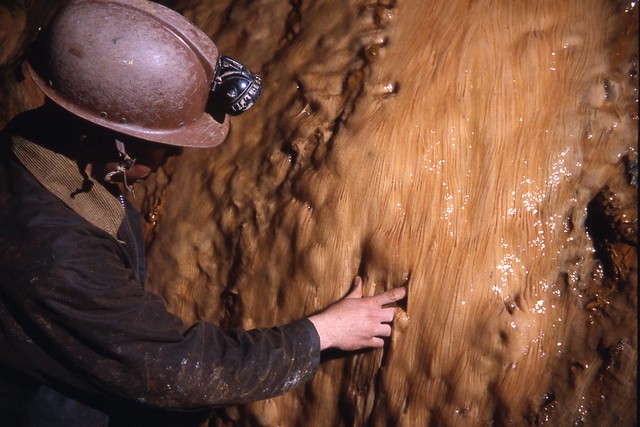So uh...lately I've really been getting into enjoying the old vintage photography look...I got to thinking, I'm getting pretty good with my manual settings underground as far as guessing the right f/stop and exposure to use first time around. Are there any old cheap film cameras people would recommend to take underground that aren't too heavy/bulky and have the manual abilities? I am curious what modern lighting results could achieve with "old fashioned" photography and want to play  I am guessing I could find a old SLR cheap but then that requires lenses and such still and we're back up to bulk and weight.
I am guessing I could find a old SLR cheap but then that requires lenses and such still and we're back up to bulk and weight.
To give an idea of what is around me... http://detroit.craigslist.org/search/?areaID=22&subAreaID=&query=film+camera&catAbb=sss
maybe folks in the know could give ideas based on that list?
I'm getting my best results with lightpainting so I do want to be able to have long exposures (my current camera gives up to 8 sec which works for most things just not large domes/rooms so somewhere in the 6-8 sec range min but longer would be nice!) and I would like to have some zoom ability but willing to give that one up, actually.
To give an idea of what is around me... http://detroit.craigslist.org/search/?areaID=22&subAreaID=&query=film+camera&catAbb=sss
maybe folks in the know could give ideas based on that list?
I'm getting my best results with lightpainting so I do want to be able to have long exposures (my current camera gives up to 8 sec which works for most things just not large domes/rooms so somewhere in the 6-8 sec range min but longer would be nice!) and I would like to have some zoom ability but willing to give that one up, actually.




